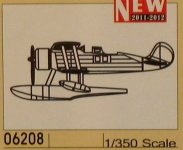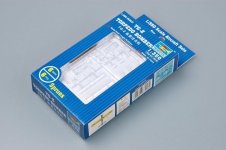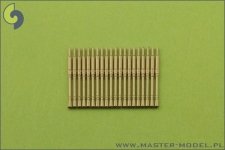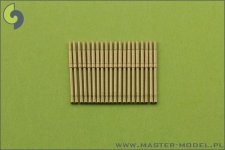-
Załączniki bezpieczeństwa
Załczniki do produktuZałączniki dotyczące bezpieczeństwa produktu zawierają informacje o opakowaniu produktu i mogą dostarczać kluczowych informacji dotyczących bezpieczeństwa konkretnego produktu
-
Informacje o producencie
Informacje o producencieInformacje dotyczące produktu obejmują adres i powiązane dane producenta produktu.TrumpeterZhongShanNanLong Industrial Park,SanXiang,Chiny
-
Osoba odpowiedzialna w UE
Osoba odpowiedzialna w UEPodmiot gospodarczy z siedzibą w UE zapewniający zgodność produktu z wymaganymi przepisami.INTERNATIONAL BUSINESS GROUPBENEDYKTA HERTZA 2Warszawa,04 - 603Polska
Trumpeter 06207 Reggiane Re.2000 1/350
Plastikowy model do sklejania. Zestaw nie zawiera kleju ani farb.
Reggiane Re.2000 Falco (Sokół) – włoski samolot myśliwski. Zaprojektowany i zbudowany w 1939 roku w wytwórni lotniczej Officine Meccaniche „Reggiane” S.p.A. w Reggio Emilia koło Mediolanu, należącej do koncerniu Caproni.
Pracę nad samolotem myśliwskim Reggiane Re.2000 Falco rozpoczęto we włoskiej wytwórni lotniczej Officine Meccaniche Reggiane S.p.A. w 1938 roku a głównym konstruktor był inż. Roberto G. Longhi. Konstrukcja ta była wzorowana na amerykańskim pokładowym samolocie myśliwskim Republic P-35.
Oblot samolotu nastąpił w dniu 24 maja 1939 roku. Potwierdził on dobre właściwości lotnicze i lotnictwo włoskiej marynarki wojennej zamówiła serię próbną 12 sztuk samolotów Re.2000 Falco I. Samoloty te zostały skierowane jako samoloty pokładowe włoskich pancerników: „Littorio”, „Vittorio Veneto”, „Roma”. Startowały one z pancerników przy użyciu katapulty.
Wobec braku dalszego zainteresowania ze strony lotnictwa włoskiego 60 sztuk samolotów Reggiane Re.2000 Falco I sprzedano do Szwecji, gdzie otrzymały oznaczenie J20, oraz 70 samolotów na Węgry. Także Węgry zakupiły licencję na budowę tego samolotu, otrzymał on nazwę Re.2000 Heja.
Pod koniec 1941 roku we Włoszech wyprodukowano jeszcze 24 egzemplarze samolotu Reggiane Re.2000 Falco III tzw. model „grande autonomia”, którego zasięg wynosił 2000 km. Do końca II wojny światowej wyprodukowano około 170 samolotów Re.2000 Falco we Włoszech i dodatkowo na Węgrzech w wytwórni MAVAG – 198 samolotów na licencji oznaczonych Re.2000 Heja.
The Reggiane Re.2000 Falco I was an Italian all metal, low-wing monoplane developed and manufactured by aircraft company Reggiane. The type was used by the Regia Aeronautica (Italian Air Force) and the Swedish Air Force during the first part of the Second World War.
The Re 2000 was developed by a team headed by aircraft designers Roberto Longhi and Antonio Alessio to be a lightly-built and highly maneuverable interceptor/fighter aircraft. The emergent design, which had been designated as the Re 2000 Falco I, was equipped with a Curtiss-Wright-style retractable undercarriage, bore substantial similarities to the American-built Seversky P-35. On 24 May 1939, the prototype performed its maiden flight. Flight testing of the prototype revealed it to be able to outfight several significant combat aircraft of the time, including even the more modern Macchi C 200 and the German Messerschmitt Bf 109E fighters. During the run up to and following the outbreak of the Second World War, the aircraft was ordered by several nations, including the Hungarian, Swedish, British and Italian governments.
Upon entering squadron service, the Re 2000 soon proved to be a technically advanced aircraft, being well balanced and extremely aerodynamic during flight, but was not without its faults. Although the aircraft was potentially superior to Italian contemporary fighters (Fiat G 50 and Macchi C 200), the Re 2000 was not considered to be satisfactory by Italian military authorities. Consequently, the manufacturer built the type for export and almost all of the first production served with the Swedish Air Force and Hungarian Air Force, rather than in the Regia Aeronautica.[3] The Re.2000 served as the starting point for several derivatives, including the MÁVAG Héja, Reggiane Re.2001, Re.2002, Re.2003, Re.2004, Re.2005, Re.2006 and Re.2007 combat aircraft.















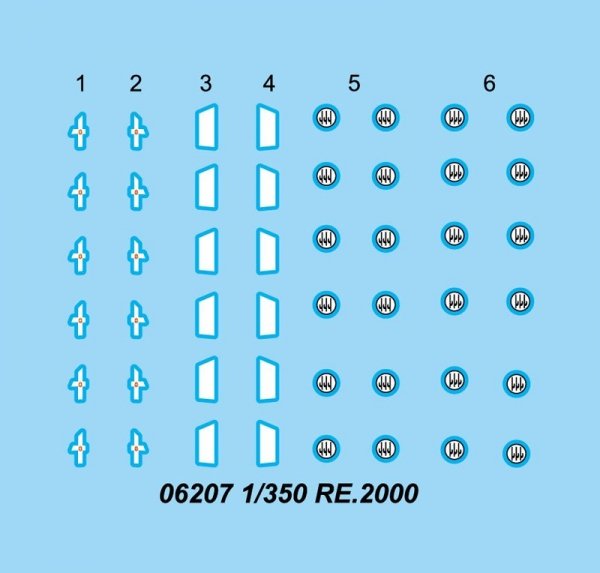
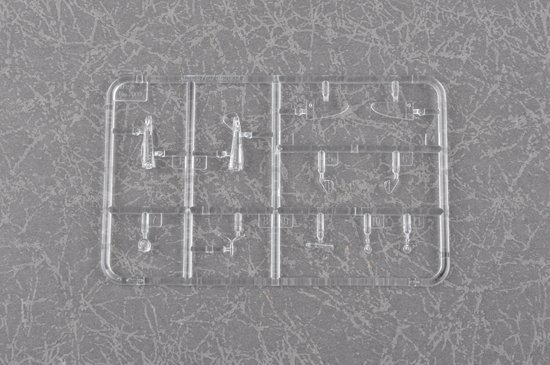
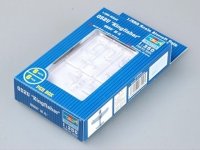
 1 szt.
1 szt.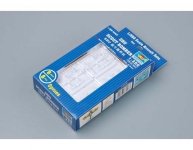
 2 szt.
2 szt.